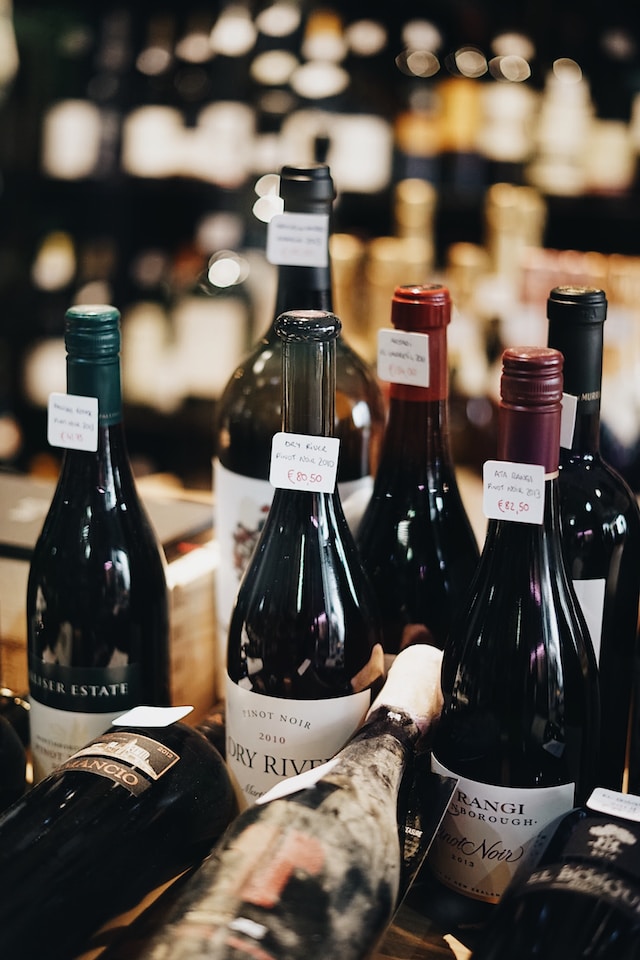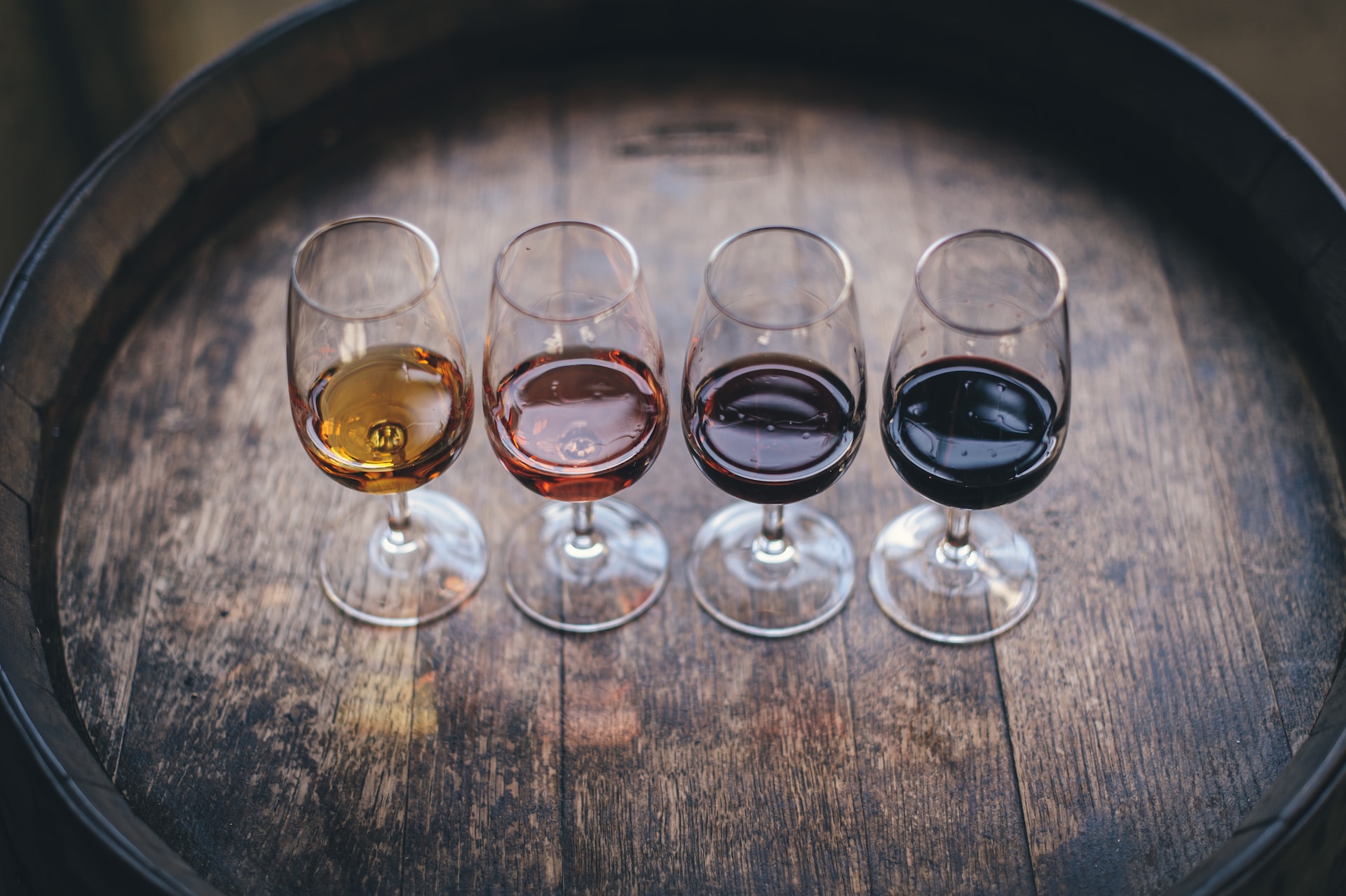Introduction: California’s Water Shortage and its Influence on the Winemaking Sector
The Golden State, noted for its flourishing wine trade, is currently confronting an intense water shortage. The ongoing lack of rainfall might affect the production of wine. The following article examines the consequences related to the dry spell in California affecting the wine production. Additionally explores the difficulties vintners might encounter in the years to come.

The Threat of Water Restrictions: Concerns for Winemakers
With the ongoing drought continues, the winemaking sector in California is growing increasingly worried concerning the potential implementation of water limitations. Nonetheless, the farmers are further researching different watering techniques to minimize the effect on their grape fields. Lack of water represents a significant risk affecting wine production. Grapes need satisfying liquid intake for ideal progress and excellence. Wine producers are concerned about the possible effect of water limitations on their skill to support vineyards and make high-quality wines. Nevertheless, the team is committed to discover creative resolutions to reduce the impact and guarantee the ongoing achievement of their trade.
Adapting to Scarcity: Strategies for Sustainable Wine Production
As a reaction to the lack of water, wine producers are adopting diverse tactics to accommodate to the demanding situations. Some of these allocating funds to environmentally-friendly irrigation systems. Implementing dry farming methods that are sustained by natural rainwater, and studying grape types that are drought-tolerant. By incorporating environmentally conscious techniques, vintners strive to reduce the effects caused by limited water resources. Additionally, they seek to secure the durability of their vine plantations.
Implications for Wine Production: Navigating the Drought
The effect of the drought on the wine manufacturing is a major worry for the producers of wine. Limited water supply may result in reduced grape production and possibly influence the flavor profile, fragrance, and overall caliber of the wines from California. Vintners might additionally confront rising expenses for production while investing in technology for saving water and different farming practices. Nevertheless, such investments may result in sustained viability over time and positive environmental outcomes. Managing the water shortage demands creativity, steadfastness, and dedication towards eco-friendly methods. It is crucial to sustain the prestige of wines from California.
Conclusion
The drought in California and the potential enforcement of water control measures present major difficulties for the wine business. Nevertheless, producers are actively adjusting to these environments through the use of sustainable methods and discovering novel approaches. Through giving priority to saving water and adopting adaptability, the business aims to navigate the water shortage. Additionally, strives to maintain the production of outstanding wines. As customers, we can help the economic sector by picking wines produced in California. Furthermore, we can champion for environmentally-friendly wine production methods.











